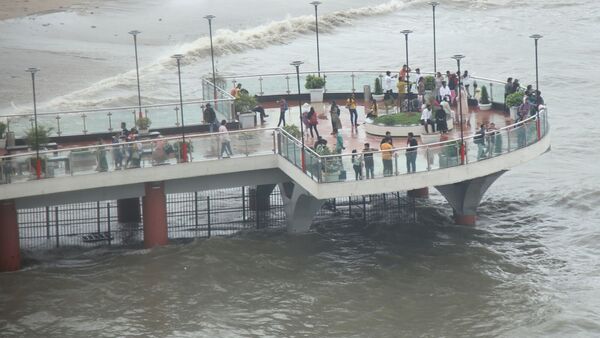
Education constitutes the bedrock of progress for any nation. India, with its rich historical emphasis on learning and vast young population, holds a unique position in the global educational landscape. Despite making strides towards enhancing access and quality, challenges persist. This article delves into the current state of Indian education, examines its hurdles, and identifies promising directions for a brighter future. You will also read the new policy of Education in India 2024.
The Right to Education: A Fundamental Pillar
The Right to Education (RTE) Act of 2009 was a landmark moment in Indian history. It guarantees free and compulsory education for all children between the ages of 6 and 14. This legislation has significantly improved access to primary and secondary education across the country. Enrollment rates have increased, and the gender gap in education has started to narrow.
Challenges to Overcome
- Quality of Education: Although access has improved, the quality of education remains an important concern. The lack of Teachers need to pay attention to the syllabus and practicality.
- Infrastructure Gaps: The major problem in the progress of our Indian education system can be identified as the following. Low budgetary allocation, cost of Higher education, outdated education system, Evaluation and assessment system.
- Socioeconomic Disparities: Disparity has many aspects. The disparity in income through the degree of skills and years of schooling and disparity in job opportunities, in access to information, and health are all related to individuals.
- Teacher Training and Development: The journey of teacher education dates back to the ancient period and over the years it has undergone tremendous change. Equipping teachers with modern pedagogical practices, technology skills, and inclusive teaching strategies will significantly improve student outcomes.
- Skill-Based Education: Skills are the key to everyone’s need for study & life. A greater focus on vocational training, entrepreneurship development, and soft skills can enhance employability and foster economic growth. Basic skills are very important.
- Innovation in Higher Education: India prides itself on world-class higher education institutions. Embolden research, industry collaborations, and international partnerships can elevate India’s position as a global hub for higher learning.
Empowering Girls Through Education
Educating girls has a transformational effect on individuals, families, and society. Special focus needs to be dedicated to ensuring safe and accessible educational spaces for girls. Programs that address gender-based barriers, provide scholarships, and promote STEM (Science, Technology, Engineering, and Math) education for girls can lead to a more equitable and prosperous India.
The New Education Policy (NEP) 2024
The NEP 2024 aims to bring holistic learning, a practical-oriented syllabus, job-centric skill development, technology, and quality education in the classroom environment 10+2 school education system will be replaced by the 5+3+3+4 system. The policy also has emphasized the promotion of online as well as open and distance education.
Conclusion – Education in India 2024
India’s educational journey involves complexity and multiple facets. Despite making significant progress, substantial challenges still persist. To unlock its true potential, India must address infrastructural gaps, prioritize quality teaching, leverage technology, and empower marginalized groups. An educated and skilled Indian is positioned to take a leading role on the global stage.








